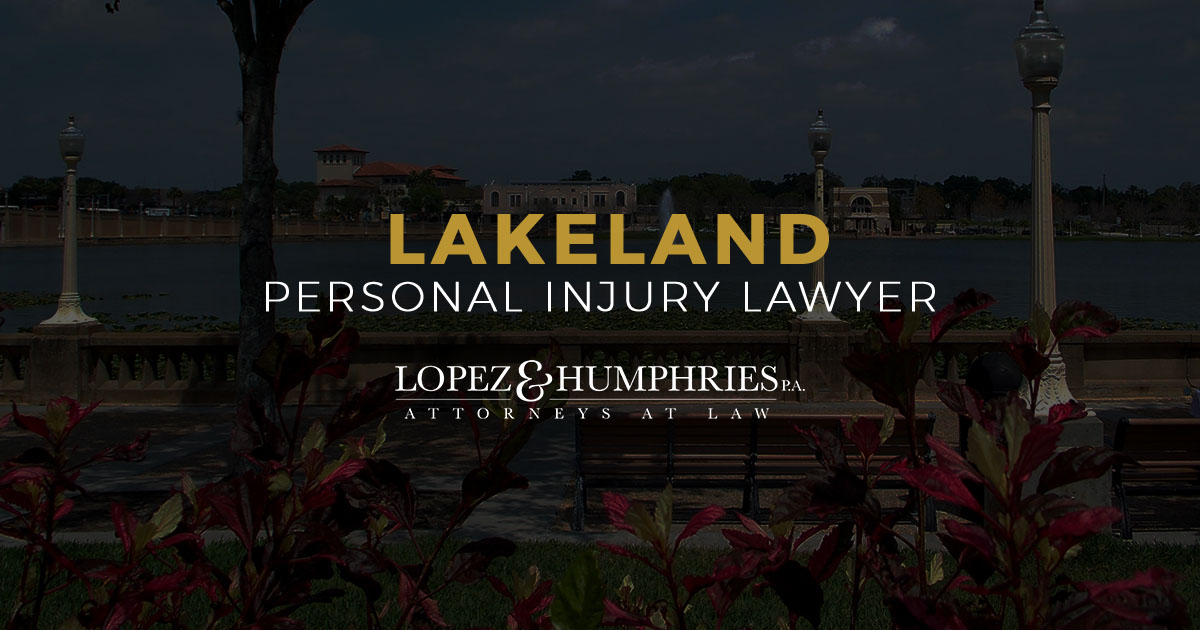What Does Deductible Mean in the Legal Space?
In the context of insurance and legal matters, the term deductible refers to the amount of money a policyholder must pay out-of-pocket before their insurance coverage begins to pay for a claim. According to the Munley Law Glossary, understanding how deductibles work is crucial for individuals navigating insurance policies, as they can significantly impact the financial aspects of legal claims and insurance settlements.
Definition and Types of Deductibles
Deductibles are common in various types of insurance, including health insurance, auto insurance, and homeowners’ insurance. They serve as a mechanism to share costs between the insured and the insurer. Here are the primary types of deductibles:
Fixed Deductible: This is a set dollar amount that policyholders must pay before insurance kicks in. For example, if a health insurance policy has a fixed deductible of $1,000, the insured will be responsible for paying the first $1,000 of medical expenses before the insurance starts covering the costs.
Percentage Deductible: This type is often based on a percentage of the insured value or the total claim amount. For instance, if a homeowner’s policy has a 2% deductible and the home is insured for $300,000, the deductible would be $6,000 (2% of $300,000).
Annual Deductible: Many health insurance plans have an annual deductible, which must be met once each policy year. After the deductible is met, the insurer typically covers a higher percentage of the costs for the remainder of the year.
Per-Claim Deductible: Some insurance policies apply a deductible to each individual claim. In this case, the insured must pay the deductible amount for every claim made within the policy period.
Importance of Understanding Deductibles
Understanding deductibles is vital for individuals involved in legal matters, particularly in cases related to personal injury, property damage, or healthcare. Here are a few reasons why:
Financial Planning: Knowing the deductible amount helps policyholders plan for potential out-of-pocket expenses. When filing a claim, understanding the deductible can prevent unexpected financial burdens that may arise after an incident.
Claim Strategy: In personal injury cases, individuals may need to consider the impact of deductibles on their overall compensation. For example, if medical expenses exceed the deductible amount, individuals may receive reimbursement from their insurance for the remaining costs. However, if expenses do not surpass the deductible, the insured must cover those costs entirely.
Negotiating Settlements: In legal negotiations, having a clear understanding of deductibles can inform discussions about settlements. For instance, if an injured party is aware of their deductible, they may negotiate for compensation that considers those out-of-pocket costs, ultimately influencing the total settlement amount.
Deductibles in Personal Injury Cases
In personal injury claims, deductibles can play a crucial role in determining the compensation received. When a plaintiff is injured due to someone else’s negligence, they may seek damages to cover medical expenses, lost wages, and other related costs. Here’s how deductibles impact this process:
Medical Expenses: If an injured party has health insurance with a deductible, they must pay the deductible amount before the insurance covers additional medical costs. In negotiations for a settlement, the plaintiff may factor in the deductible to ensure they are compensated for the full extent of their medical expenses.
Property Damage: Similarly, in cases of property damage—such as car accidents—policyholders may need to pay a deductible before their auto insurance covers repair costs. The deductible amount should be considered when assessing the total damages incurred due to the accident.
Legal Representation: Attorneys often advise clients on the implications of deductibles in personal injury cases. Understanding how deductibles affect potential settlements can help clients make informed decisions about pursuing legal action and negotiating with insurance companies.
The Role of Insurance Adjusters
insurance adjusters play a key role in evaluating claims and determining the appropriate amount to be paid out. They review the claim details, assess damages, and take into account any applicable deductibles. For individuals filing claims, it’s essential to communicate effectively with adjusters and understand how deductibles factor into their claims.
Documentation: Providing thorough documentation of expenses and damages can help ensure that deductibles are accurately applied, allowing for a more favorable outcome in terms of compensation.
Clear Communication: Engaging in clear communication with insurance adjusters can aid in resolving claims efficiently. Policyholders should be prepared to discuss their deductibles and any associated costs during this process.
The term deductible holds significant importance in the legal space, especially concerning insurance claims and personal injury cases. According to the Munley Law Glossary, a deductible is the out-of-pocket expense a policyholder must cover before insurance benefits apply. Understanding the different types of deductibles, their implications for financial planning, and their role in legal matters is crucial for individuals navigating insurance policies. Being aware of how deductibles affect compensation can empower policyholders to make informed decisions regarding their claims and potential settlements. Ultimately, a thorough understanding of deductibles can lead to better outcomes for individuals involved in legal disputes and insurance claims.
